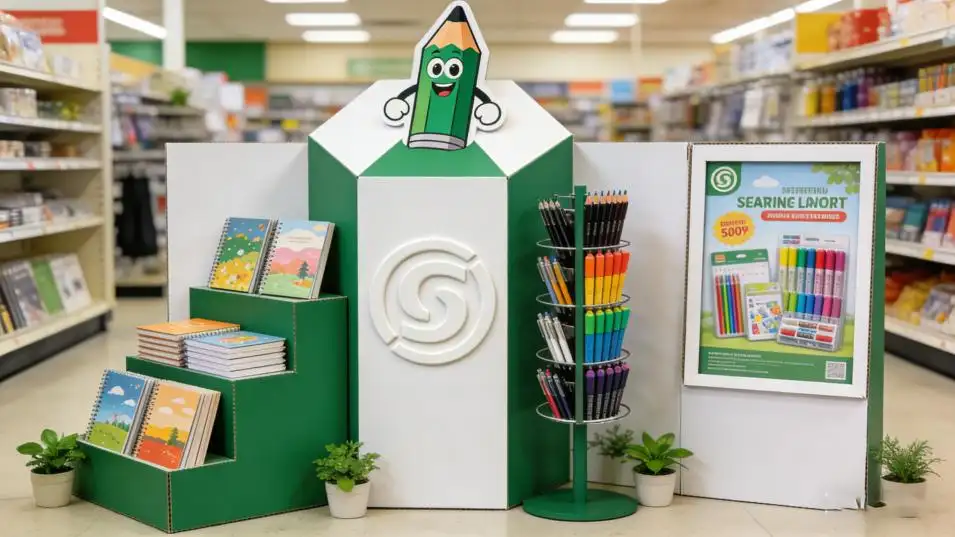Creating impactful displays involves more than just aesthetic appeal; it's a strategic fusion of psychology and design. In today's fast-paced world, capturing and retaining attention is an art form that businesses strive to master. From websites to physical storefronts, understanding the psychological nuances that drive effective display design is paramount.
Understanding Visual Perception
Human brains are wired to process visual information rapidly. When it comes to design, color and contrast play pivotal roles. Bold colors draw attention and can evoke specific emotions. For instance, red can signify urgency or passion, while blue exudes calmness and trust. Contrast, achieved through variations in color, size, or shape, directs focus and guides the viewer's eyes through the display.
The Power of Simplicity
Simplicity in design isn't just an aesthetic choice; it's a psychological tactic. Minimalistic layouts reduce cognitive load, allowing viewers to grasp information swiftly. Clutter-free designs prevent overwhelming the audience, enabling them to absorb key messages effortlessly.
Leveraging Gestalt Principles
The Gestalt principles of visual perception offer valuable insights into how humans interpret visual stimuli. Proximity groups related elements, aiding in creating visual relationships. Similarity highlights patterns and assists in categorization. Closure allows the mind to fill in gaps, completing incomplete shapes or patterns. Understanding and implementing these principles can significantly enhance the impact of a display.
Embracing Emotional Design
Emotions heavily influence decision-making. Effective displays tap into this by employing emotional design. By eliciting specific emotions through visuals, brands can establish deeper connections with their audience. Whether it's nostalgia, joy, or trust, evoking the right emotions can leave a lasting impression.
The Role of Typography and Readability
Text is a vital component of any display. Choosing the right font is crucial, as different fonts convey distinct personalities. Moreover, readability is non-negotiable. Clear and legible text ensures that the message is easily understood, enhancing engagement and comprehension.
Incorporating User Psychology in Digital Design
In the digital realm, understanding user behavior is pivotal. User experience (UX) design hinges on comprehending how users navigate and interact with displays. By analyzing user habits and preferences, designers can create intuitive and user-friendly interfaces that encourage prolonged engagement.
Conclusion
In essence, designing impactful displays is an intricate dance between aesthetics and psychology. By leveraging visual perception, embracing simplicity, adhering to Gestalt principles, invoking emotions, prioritizing typography and readability, and integrating user psychology in digital design, brands can craft displays that captivate, resonate, and leave an indelible mark on their audience's psyche.
Creating such displays isn't merely about attracting attention; it's about fostering meaningful connections and driving action—an art form where psychology meets design in a harmonious symphony of impact.
Frequency Q&A
A: Colors evoke emotions and influence perceptions. Warm tones like red or orange can create urgency, while cooler tones like blue induce calmness.
A: Storytelling in design creates a narrative, connecting users emotionally. It guides them through a journey, enhancing engagement.
A: Cognitive load refers to the mental effort required to use a product. Simplifying design reduces this load, making it easier for users to interact.
A: Microinteractions are subtle design elements that enhance user experience. They add finesse and make interactions more intuitive.
A: By prioritizing user needs and behaviors, human-centered design ensures products meet user expectations, resulting in higher satisfaction levels.





